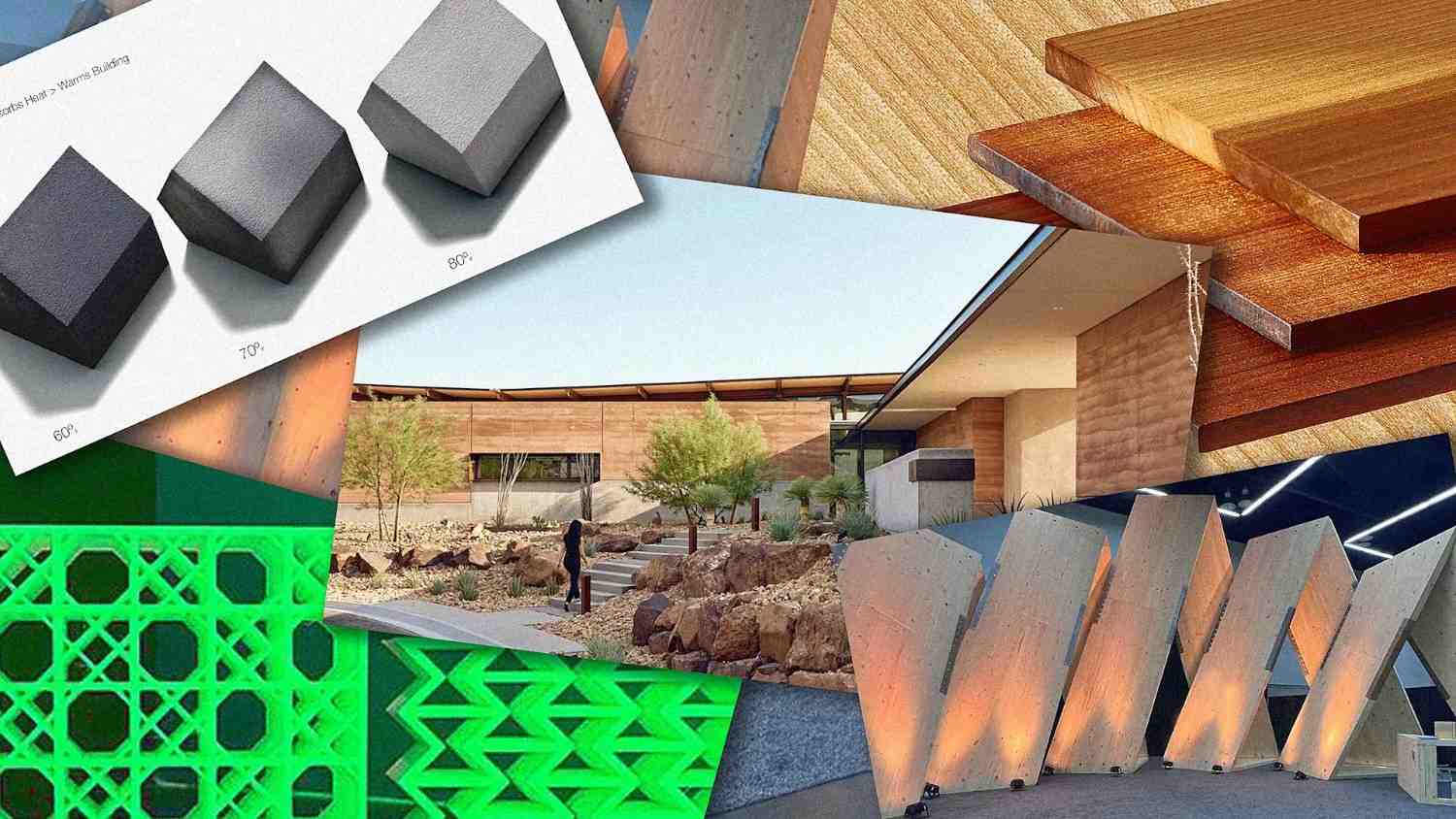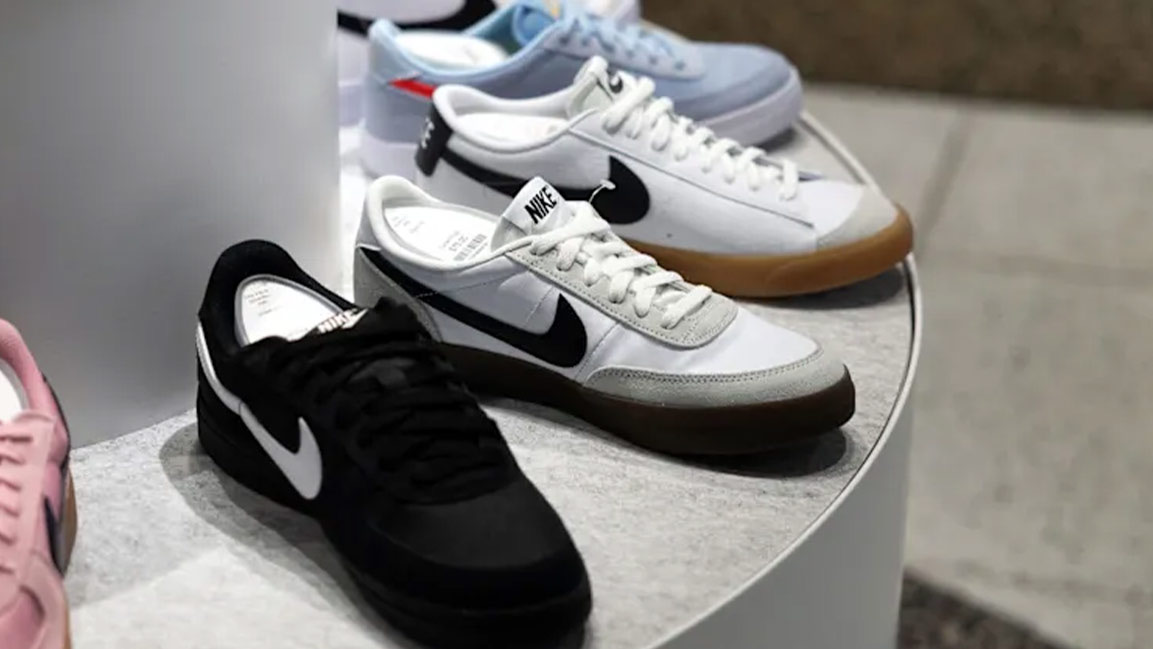- | 8:00 am
Luxury fragrance has a design problem. Rare Beauty has a fix
Perfumeries have long prioritized aesthetics over usability in their bottles. Rare Beauty’s debut fragrance shows how inclusive packaging can be both functional and beautiful.
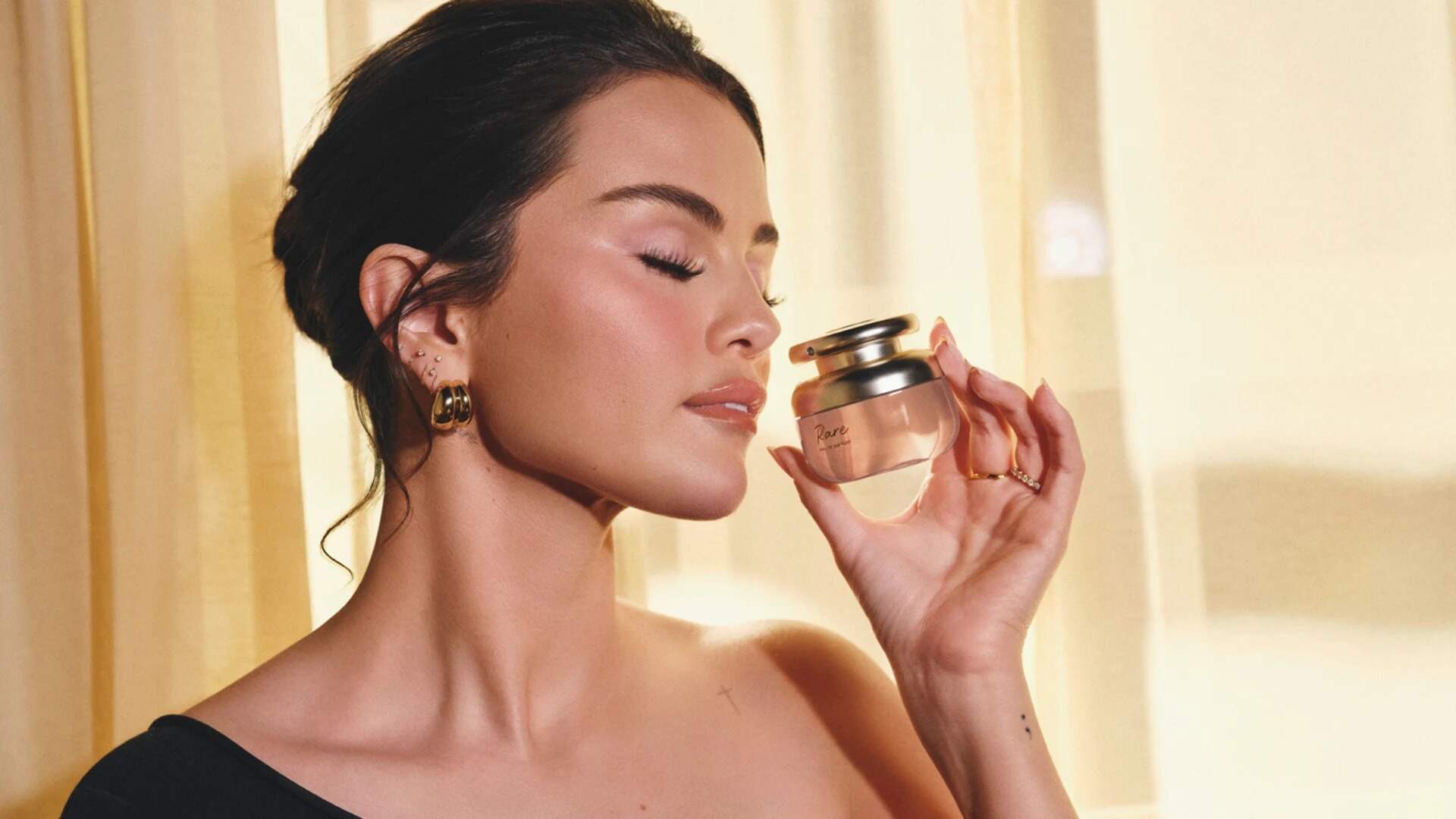
Luxury perfume brands have always poured resources into elaborate packaging with bottles shaped like sky-high stilettos, sculpted torsos, or capped with oversize daisies. Yet for all the creativity devoted to packaging, the mechanics have barely evolved. Nearly every alcohol-based perfume still relies on the same one-finger actuator to dispense the fragrance. While this design mechanism has become synonymous with eau de parfum, it also makes the product inaccessible for anyone with limited hand strength or dexterity.
That’s why the debut fragrance from Rare Beauty feels so disruptive. The brand spent more than two years developing the scent and also a custom bottle, collaborating with occupational therapists and hand specialists to make it easier to hold and spray.
The design features a rounded silhouette and a cap with a low-resistance twist-lock closure, replacing the industry-standard pull-off lid. Its broad, flat surface eliminates the need for precise, one-finger pressure and instead allows for multiple ways to press the atomizer using several fingers, the palm of a hand, or even the chin. The result is a bottle that looks elegant on a vanity yet functions in ways most perfume packaging has never even considered.
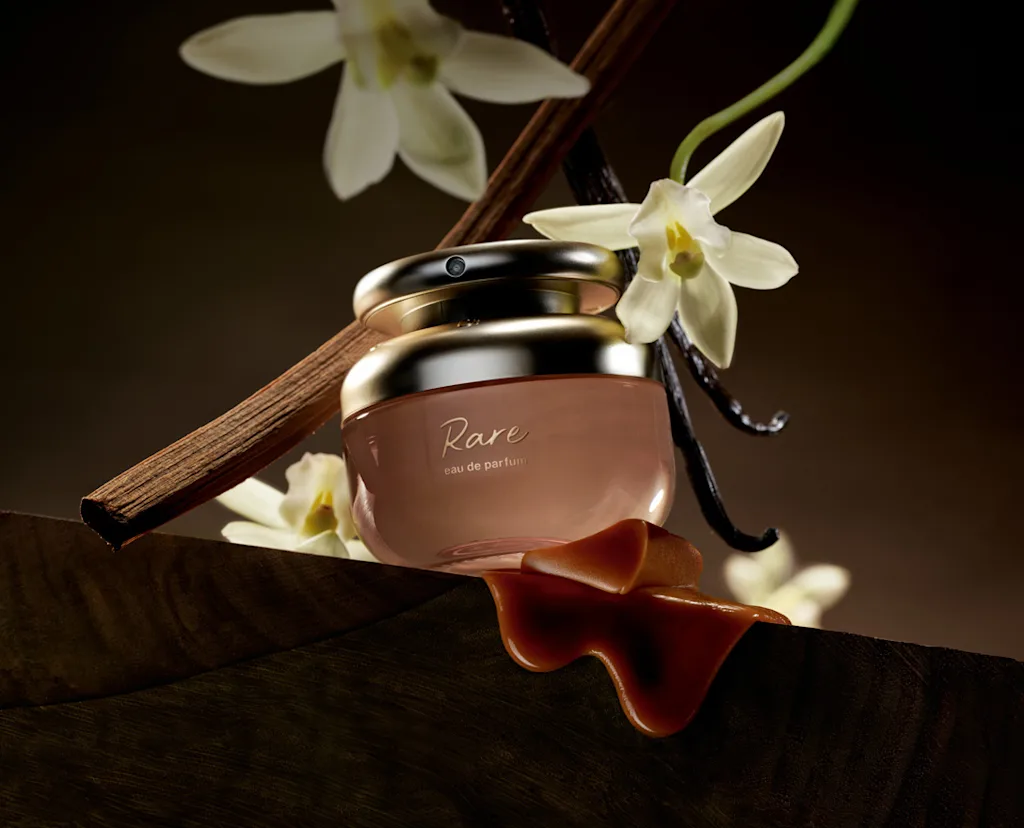
Avoiding accessibility washing
That focus on purpose-built accessibility was born from earlier lessons. When Rare Beauty launched its makeup line in 2020, customers began sharing online feedback that its packaging was easier to grip and open than most. One standout product was the Soft Pinch Liquid Blush cap design, which minimizes resistance for easy opening. The success of that cap led the brand to carry over the same design into other hero products like the new Positive Light Luminizing Lip Gloss (launched in July) and Soft Pinch Tinted Lip Oil.
“Accessibility wasn’t something we intentionally set out to design for at first,” says Joyce Kim, Rare Beauty’s chief product officer. “But our founder, Selena Gomez, who lives with lupus, consistently gravitated toward prototypes that were easier for her to use. Combined with what we were hearing from our community, that pushed us to start building accessibility into our DNA.”
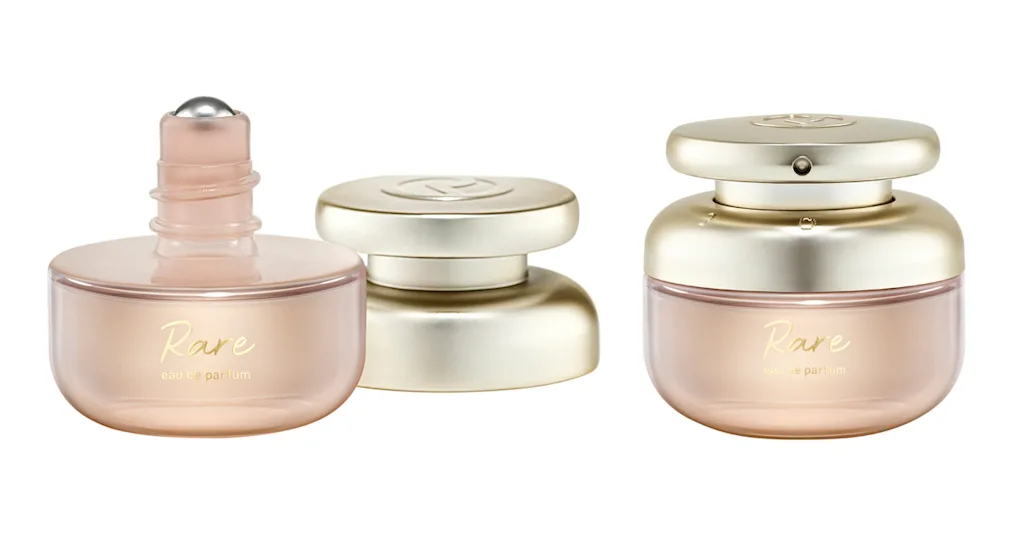
As a disabled person who loves beauty products, I’ve unfortunately grown used to seeing “inclusive” launches that feel more like optics than long-term investments in accessibility. Rare stands out from that pattern with its ongoing commitment to designing inclusive packaging for current and future products.
“We would never claim to be the experts,” Kim says. “But if you’re going to make accessibility part of your brand ethos, you have to lean into it. It can’t just be a compliance checkbox or a passing trend. Consumers are incredibly attuned to whether a brand’s values are authentic.”
Despite the dedication to accessible innovation, R&D hasn’t been an easy or intuitive process for the team. Unlike other areas of beauty that have clear industry standards, like long-wear claims in lipstick or waterproof mascara, no comparable framework exists for accessibility. When Rare Beauty set out to validate the usability of its packaging, the team quickly realized it was working without a map.
“Since there wasn’t a formal framework, we partnered with occupational therapists at Casa Colina, a research and rehabilitation center in Southern California, to create one,” Kim says. That collaboration led to Rare Beauty’s Made Accessible Initiative, which studies the features that make products easier to open, close, hold, and apply for people with limited dexterity. The brand plans to use those findings to guide its own future packaging, and to share them with the broader beauty industry in hopes that others will follow.
“We’re hoping to start the conversation, to show how meaningful accessibility can be in this space, and to encourage other brands to make it part of their own initiatives,” Kim says.

A big business opportunity
The lack of standards is especially striking given the scale of the market. Fragrance is one of the fastest-growing beauty categories, and was estimated to rise from $56.6 billion in 2024 to nearly $75 billion by 2030.
“Fragrance as a category has been around for so long, and yet there’s just been no innovation in terms of accessible packaging,” Kim explains. “This gap in the market gave us the opportunity to really do our homework, and through research and collaboration with designers, hand therapists, and the disability community, we’ve brought a much-needed yet relatively simple solution to this space.”
I’ve mostly been limited to using roll-on perfume bottles since traditional eau de parfum atomizers are nearly impossible for me to press with my reduced hand strength. That’s why Rare’s understated bottle feels so revolutionary. For once, I could mist on fragrance easily, in a fine, even spray. And honestly, it’s a good thing the scent itself is great because in the thrill of finally getting that satisfying spritz-on-skin moment, I may have overdone it. Full-on smell-maxxing, as the kids would say.
Rare’s flagship fragrance is a creamy vanilla-forward gourmand with notes of pistachio, caramel, and ginger, followed by sandalwood and musk in the drydown. It retails at $75 for a 50-milliliter bottle, but the brand also introduced a deluxe mini version of its full-size bottle, along with a series of layering balms that let consumers customize the fragrance more affordably.
“Accessibility is about price as much as functionality,” Kim explains. “We didn’t want to bring innovation to our consumers and then make it unaffordable. So we introduced our layering balms to give you more variety from the base scent, and we built the cost of the custom bottle into the back end instead of passing it on to our customers.”
For a mainstream brand with a celebrity founder, Rare has the scale to absorb the expense of customization. Indie brands, meanwhile, often face prohibitive costs in developing new, more usable packaging. But by proving that inclusive design can sit at the heart of a mainstream launch, Rare is showing what’s possible.
The hope is that its fragrance will spark broader industry change, encouraging luxury houses and niche labels alike to prioritize accessibility as a design value, not an afterthought. “Beauty in itself is an emotional experience,” Kim says. “With fragrance, the way you interact with the bottle is part of that experience. When designers consider accessibility and create products that work for a wide range of people, that’s when consumers feel truly seen and represented.”















